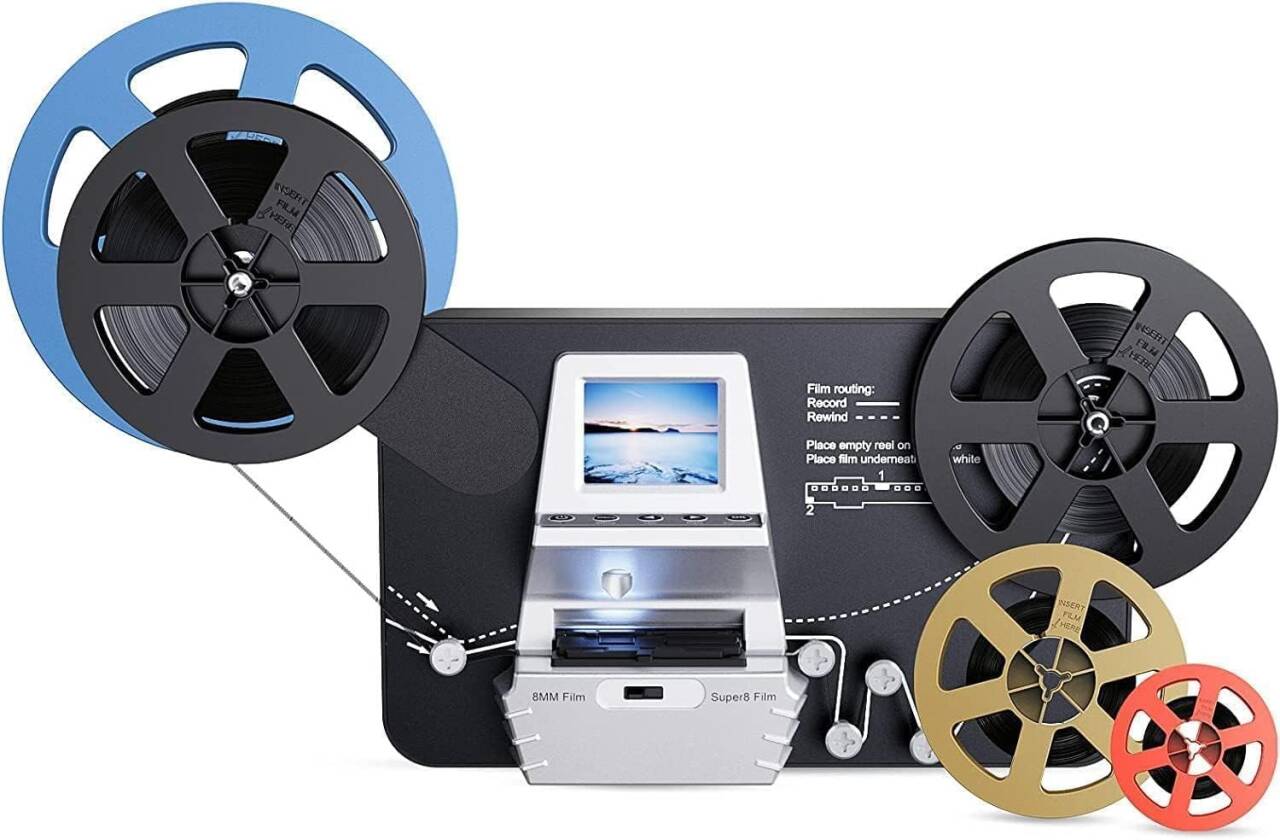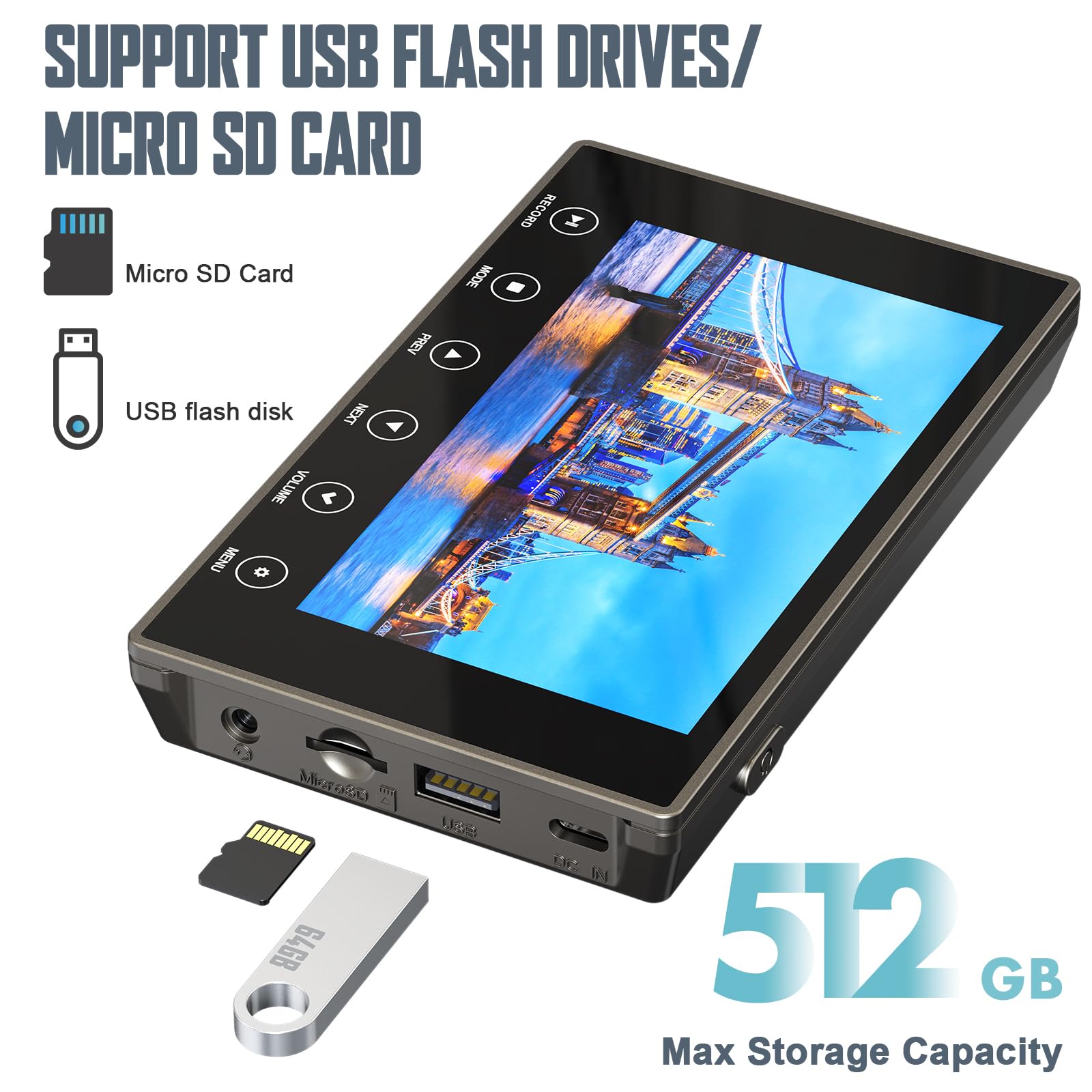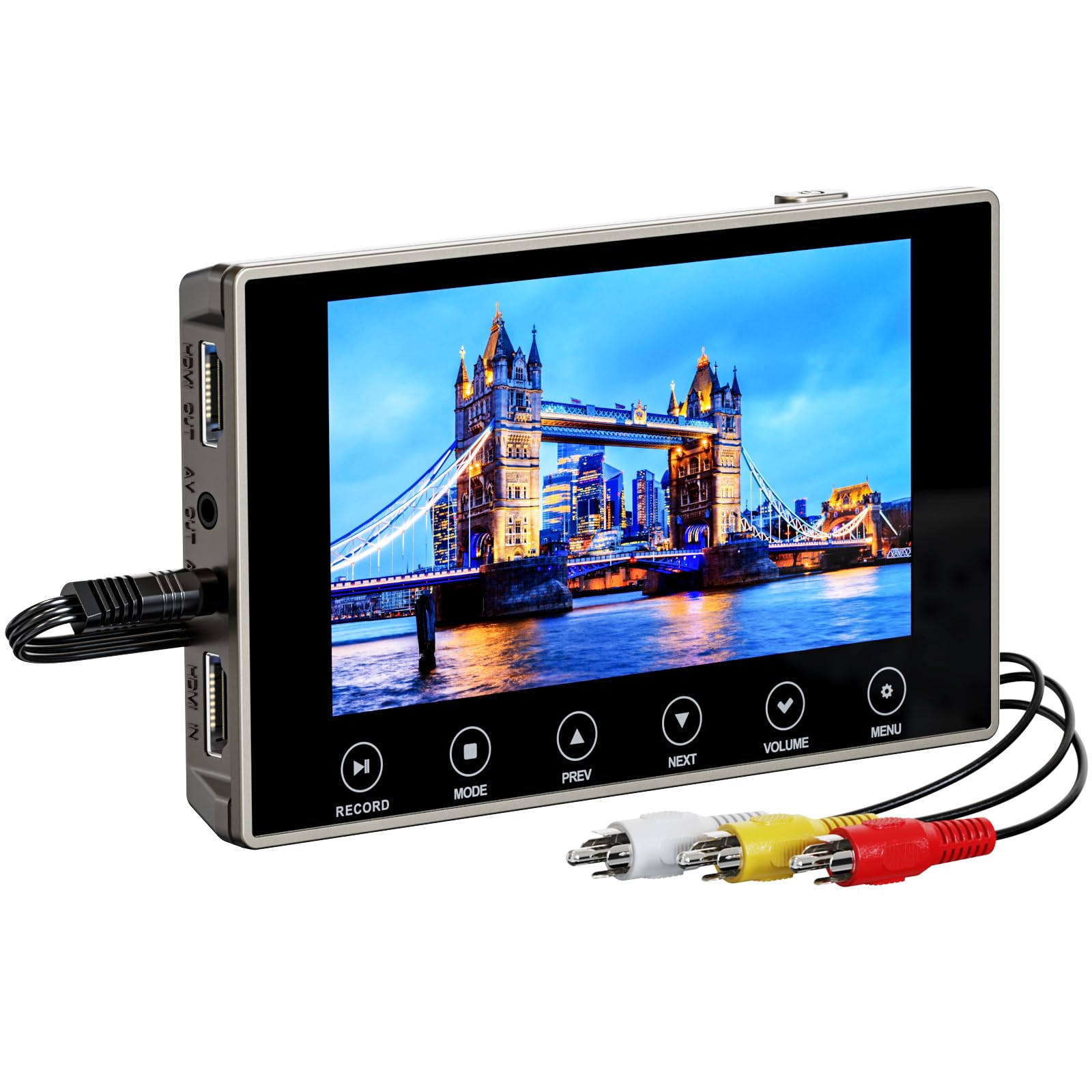Preserving cherished memories has never been more critical in our digital age. The film to digital converter revolution has opened up new possibilities for families to safeguard their vintage film collections. With the advent of sophisticated 8mm and Super 8 conversion devices, those dusty reels tucked away in attics and basements can now be transformed into crisp, digital formats. This technological leap not only ensures the longevity of your visual history but also makes it easily shareable with future generations. As we delve into the world of film digitization, we'll explore how these innovative tools are changing the landscape of personal archiving and why the 35mm film scanning service has become an essential resource for preserving our visual heritage.
Table of contents:
Exploring the Evolution of 8mm Film to Digital Converter Devices
How Modern Converters Handle Multiple Reel Sizes from 3 to 9 Inches
Understanding Resolution Options for 8mm Film Digitization
Tips for Achieving the Best Quality When Converting Reel to Reel Film
Exploring the Evolution of 8mm Film to Digital Converter Devices
The journey from analog to digital has been remarkable in the realm of film preservation. Early film to digital converter systems were cumbersome and often required professional expertise. Today, however, compact and user-friendly devices have democratized the process, allowing hobbyists and families to take on digitization projects at home. These modern converters have streamlined the conversion process, incorporating features like frame-by-frame scanning and real-time preview screens. The evolution of these devices has paralleled the growing demand for 35mm film scanning services, as more people recognize the importance of digitizing their analog memories. With each technological advancement, the quality and efficiency of film conversion have improved, making it easier than ever to breathe new life into old footage.
How Modern Converters Handle Multiple Reel Sizes from 3 to 9 Inches
One of the most significant improvements in film to digital converter technology is the ability to accommodate various reel sizes. Contemporary devices are designed to handle reels ranging from 3 to 9 inches in diameter, catering to a wide array of home movie formats. This versatility eliminates the need for multiple conversion devices or the expense of a professional 35mm film scanning service for different reel sizes. The adaptability of these converters ensures that whether you have short family clips on smaller reels or longer documentaries on larger spools, you can digitize them all with a single device. This flexibility not only saves time and money but also encourages users to preserve a broader range of their film collection, ensuring no precious memory is left behind in the analog world.
Understanding Resolution Options for 8mm Film Digitization
When it comes to digitizing 8mm film, resolution plays a crucial role in the quality of the final product. Modern film to digital converter devices offer various resolution options, typically ranging from standard definition to full HD 1080p. The choice of resolution can significantly impact the clarity and detail of your digitized footage. While higher resolutions can capture more intricate details, they also result in larger file sizes. It's essential to balance quality with storage considerations. Many 35mm film scanning services provide professional-grade resolutions, but home devices now offer comparable quality for personal use. Understanding these options empowers users to make informed decisions about how to best preserve their film heritage, ensuring that the digitized versions retain the charm and authenticity of the original footage while benefiting from modern clarity.
Tips for Achieving the Best Quality When Converting Reel to Reel Film
To maximize the quality of your digitized films, several key factors should be considered. First, ensure your film is clean and free from dust or debris before conversion. Many film to digital converter devices come with cleaning tools, but gentle handling is crucial. Proper tension during the scanning process is vital to prevent warping or damage to the film. Adjust the frame rate to match the original footage, typically 18 or 24 frames per second for 8mm film. Experiment with different exposure and color settings to achieve the best visual results. For those seeking professional-grade outcomes, consider using a 35mm film scanning service, which often employs advanced techniques and equipment. Lastly, always make multiple backups of your digitized files to safeguard against data loss, ensuring your newly preserved memories remain secure for years to come.
The advent of accessible film to digital converter technology has revolutionized how we preserve our visual history. These innovative devices have made it possible for individuals to take charge of their family archives, transforming fragile film reels into enduring digital formats. The ability to handle multiple reel sizes and adjust resolutions offers unprecedented flexibility in the digitization process. While professional 35mm film scanning services remain valuable for high-stakes projects, home conversion devices have brought the power of preservation to the masses. As we embrace these tools, we not only safeguard our past but also create bridges to share our stories with future generations. The digitization of film is more than just a technological advancement; it's a way to keep our memories alive and vibrant in the digital age.



